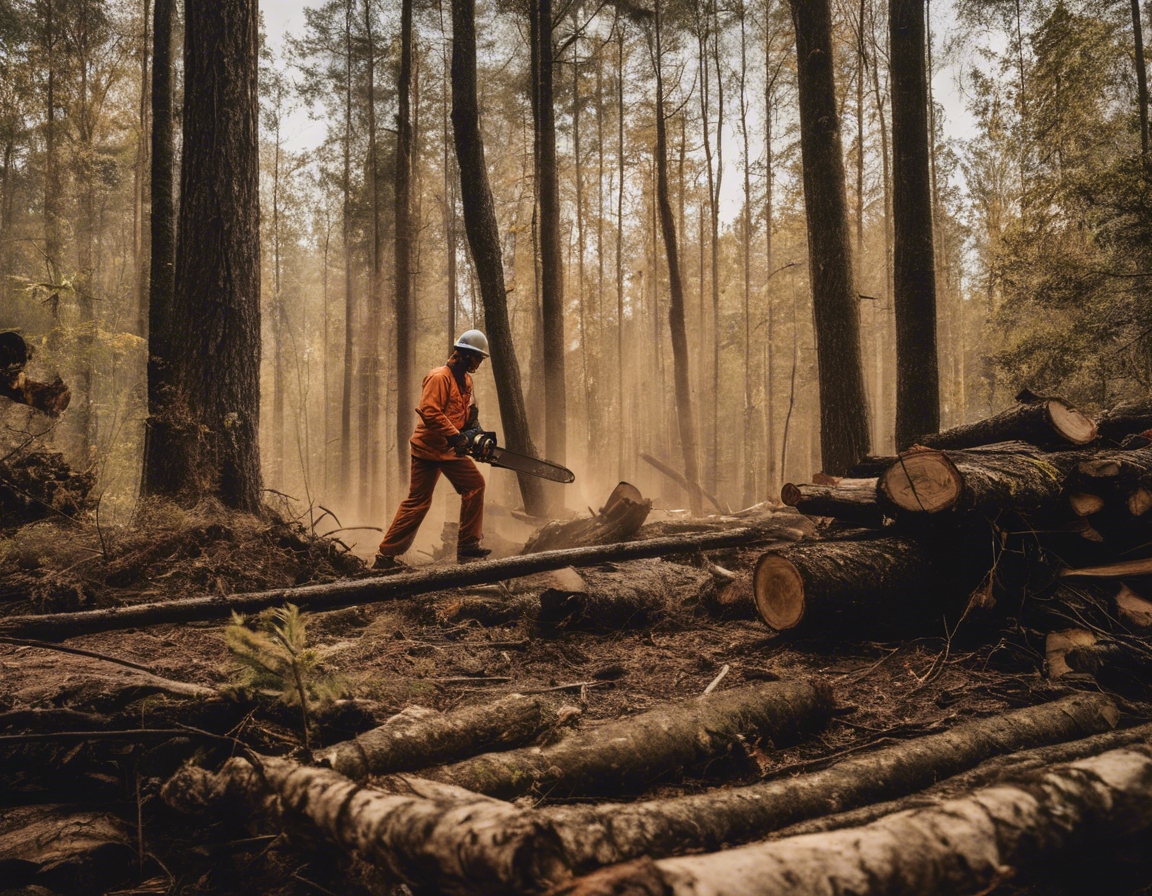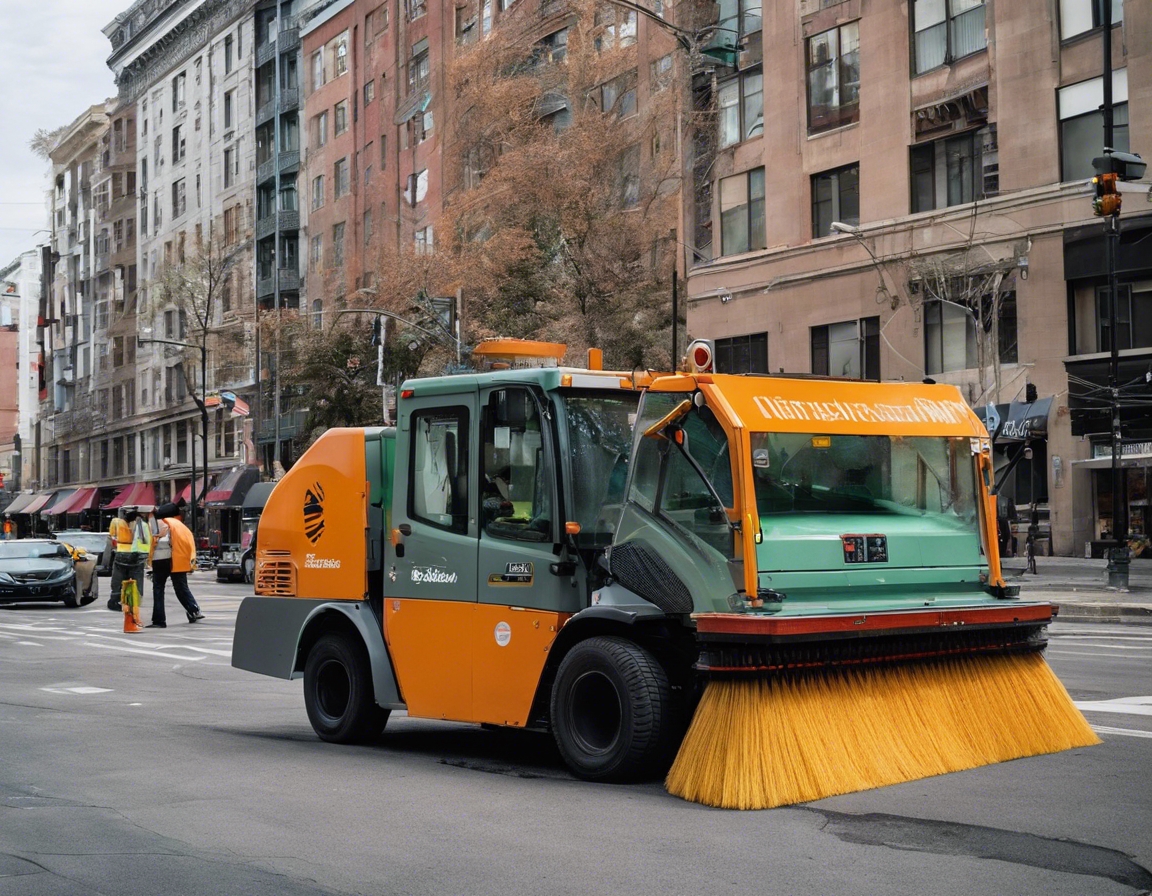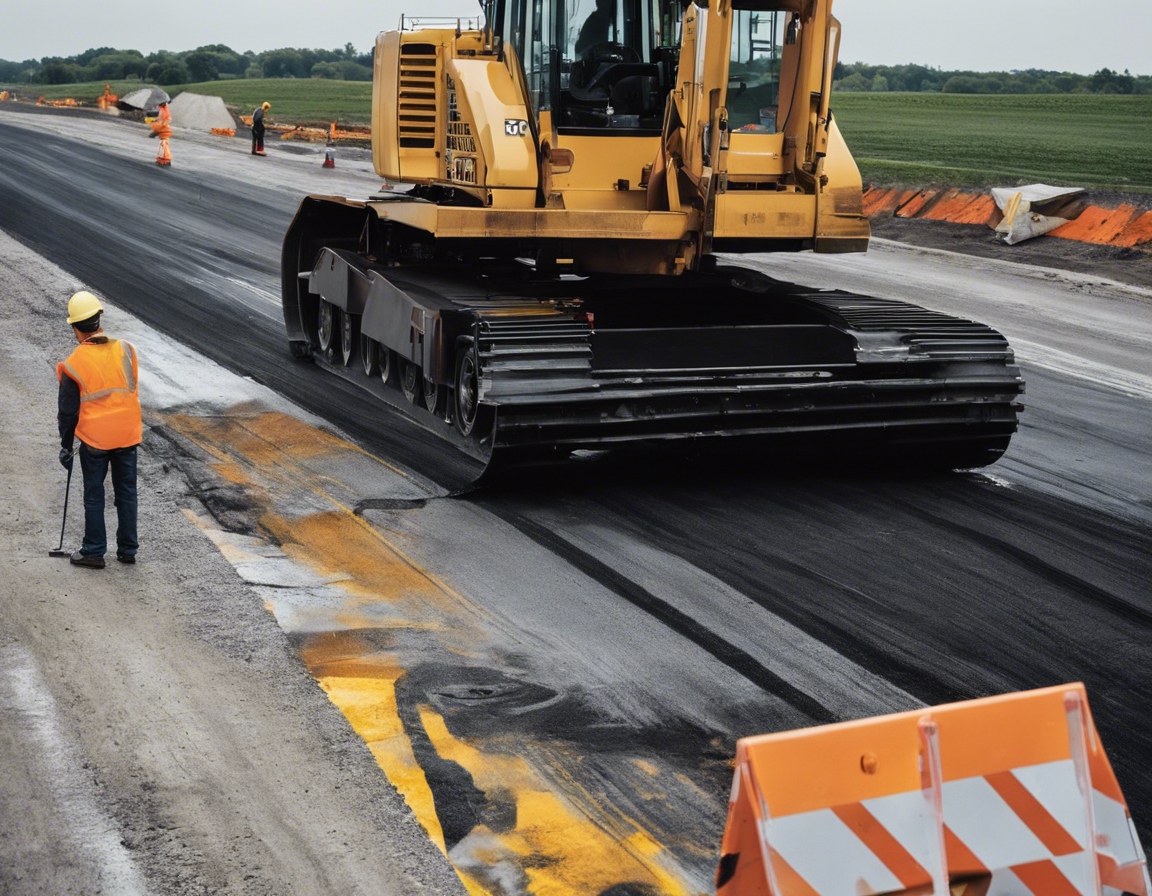Transforming spaces: the art of landscape design
Landscape design is more than just planting shrubs and arranging flower beds. It's an art form that harmonizes the natural environment with human-made structures, creating spaces that are not only aesthetically pleasing but also functional and sustainable. The role of landscape design is to transform the ordinary into the extraordinary, crafting outdoor spaces that inspire, comfort, and engage.
Engaging a professional landscape designer can significantly enhance the value and appeal of a property. From boosting curb appeal to creating a cohesive outdoor environment that reflects personal or brand aesthetics, professional design services ensure that every detail is considered and every potential of the space is realized.
The Process of Landscape Design
The first step in landscape design is understanding the client's vision and the site's potential. This involves a thorough analysis of the soil, topography, climate, and existing vegetation. It's crucial to identify opportunities and constraints early on to guide the design process effectively.
With the site's characteristics and the client's needs in mind, the landscape designer develops a concept that serves as the blueprint for the project. This phase involves sketching layouts, selecting themes, and envisioning the space's transformation.
Choosing the right materials and plants is essential for the design's longevity and sustainability. The selection process considers factors such as local climate, maintenance requirements, and the ecological impact of the materials used.
Bringing the design to life requires meticulous planning and skilled craftsmanship. This phase includes the construction of hardscapes, planting, and the installation of features such as lighting and irrigation systems.
A landscape is a living, breathing entity that requires ongoing care. Regular maintenance ensures that the space remains beautiful and functional throughout the changing seasons.
Sustainable Practices in Landscape Design
Sustainability is at the heart of modern landscape design. Using recycled or locally sourced materials reduces the environmental footprint and supports the local economy.
Water is a precious resource, and its conservation is a critical aspect of sustainable landscape design. Techniques such as drought-tolerant planting and efficient irrigation systems are integral to eco-friendly practices.
Incorporating native plants not only reduces maintenance but also promotes biodiversity, providing habitats for local wildlife and contributing to the ecological balance of the area.
Technological Advances in Landscape Design
Advancements in technology have revolutionized the way landscape designs are conceived and presented. 3D modeling tools allow clients to visualize the final product before construction begins, ensuring alignment with their vision.
Smart irrigation systems optimize water usage by adjusting to real-time weather conditions, reducing waste and saving costs.
Green roofs and living walls are not only visually stunning but also contribute to the insulation of buildings, reduction of urban heat islands, and improvement of air quality.
The Role of Landscape Design in Urban Development
Landscape design plays a pivotal role in the enhancement of public spaces, making them more inviting and accessible to the community.
Green infrastructure is an essential component of urban development, providing ecological services such as stormwater management and habitat creation.
Well-designed landscapes contribute to the overall quality of life by offering spaces for relaxation, recreation, and connection with nature.






Comments (0)